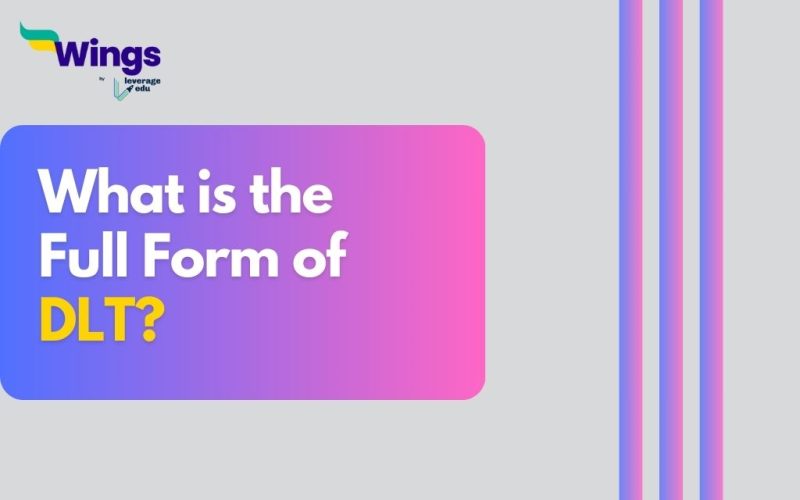The full form of DLT is Distributed Ledger Technology. It refers to a digital system used for recording the transactions of assets and their complete details in multiple places. Moreover, it also looks after sharing, replicating, and synchronizing data across multiple sites. Unlike conventional databases, distributed ledgers do not possess a central data store or administration feature. In this blog, we will explore its advantages, disadvantages, and other crucial features.
Why is DLT used?
In simple words, DLTs allow users to store vast amounts of data using cryptography. This data can be later accessed using keys or cryptographic signatures. It should be noted that once the user has stored the information, it automatically becomes an immutable database. For the uninformed, an immutable database refers to that information that users cannot change or delete.
Also Read: MSE Full Form
Advantages of DLT
DLTs are packed with numerous advantages such as:
- It offers more transparency into operations than other similar options which builds the trust factor.
- DLT has enhanced security due to its cryptographic algorithms.
- DLT prevents the need for a middleman by offering a decentralized approach. This also make it less prone to frequent attacks.
- It gets the job done in a safer, faster, and quicker manner by removing intermediaries and other additional things.
Also Read: What is The Full Form of AJAX?
Disadvantages of DLT
Like other things, DLT also has its fair share of disadvantages. For instance:
- Using DLT can be more technical and complex to understand than other traditional ledger solutions.
- It can lead to high energy consumption.
- Due to the lack of timely updation and regulation, DLT can be a risky choice.
- In some cases, it can be difficult to get rid of fraudulent activities.
Popular Full Forms
This was all about the DLT full form. If you want to read more such interesting full forms, stay connected with Leverage Edu.
 One app for all your study abroad needs
One app for all your study abroad needs













